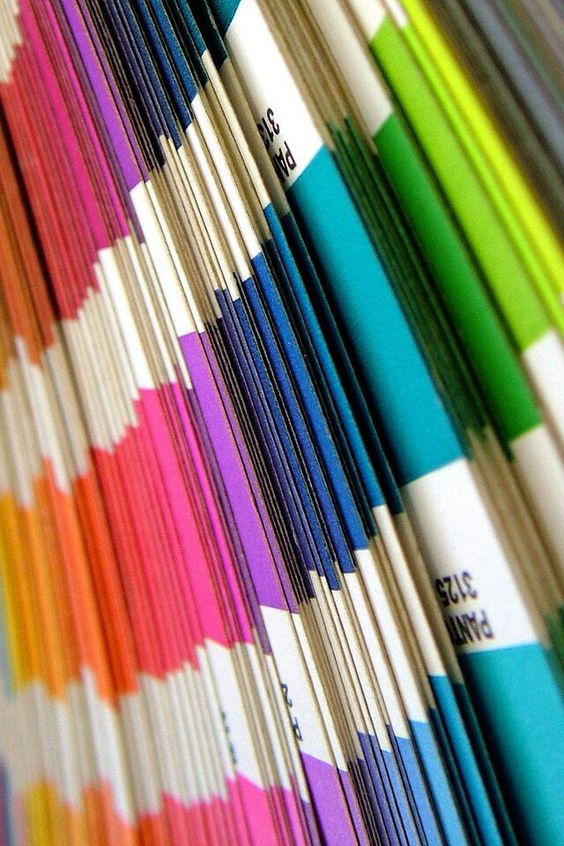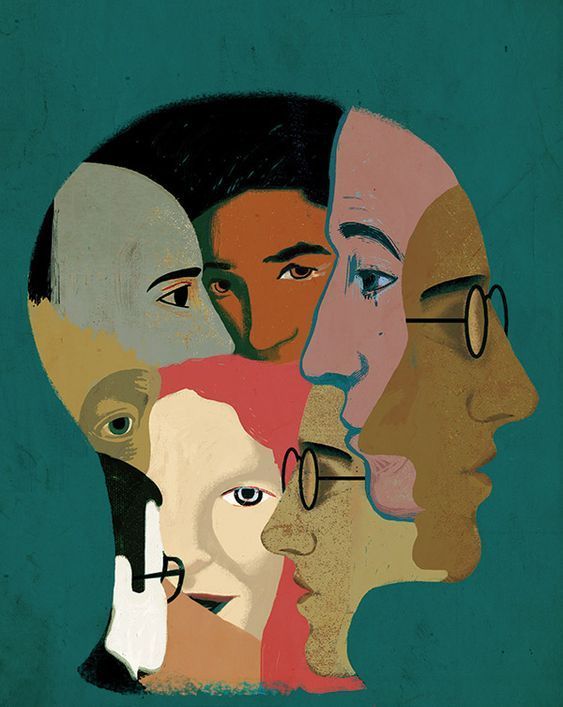Building compelling brands and fresh, creative strategies can be a challenge for any aspiring marketer. It’s the responsibility of such to make sure that any narratives are compelling, unique and relevant - the point of which is restrained by the message that is trying to be delivered. Brand Psychology brings about a new facet to marketing, one that values an approach that is less quantitative and relies on a human level of interaction.
The Lens of Identity
In the modern age, it is without question that personal identity matters more than ever. This also applies to brands and to your design - whether you like or not, your audience will create an identity for your brand that measures how relatable it is to them. The level of interaction you provide changes this relationship, and many successful brands make themselves appear to be what they think appeals the most; be it authoritative, sincere, innocent, or trustworthy.
Considering the once-heavily academic nature of psychology, it might be a daunting task to even consider the kinds of concepts that may apply to the nature of a profit-based organization. So how can we incorporate the study and practices of such into the marketing web?
Branding Today
As the world recalibrates after a global pandemic, the argument could be made that a connecting person-to-person has become more difficult, let alone connecting via a brand. However, it could also be argued that because of this difficulty, it’s become more important to do so. Smart business owners have already realized this, stepping in to effect change for the better.
In this business landscape, a marked increase in the interest of psychology in branding has been seen, as more marketers realize the potential applications of this discipline. With the focus of business now happening at home or through a screen, it’s become almost necessary to build a stronger connection to your audience than before.
For that very reason, general audiences seem to have become more discerning of the language and appearance of a given service.
Let’s take a look at a few aspects of design to understand how to tackle that scrutiny:

Design Psychology: Color Theory
In graphic design, color has always been an important component. It’s a concept of design that’s been known to have subtle effects on its recipient, and a lot of high-level design incorporates color theory into branding material, product packaging, websites, and advertisements.
A few basic connotations of color:
If you’ve ever wondered why you’ve seen a certain set of products in the supermarket that share a similar color - it’s because they’re supposed to evoke or exude a certain emotion and feeling.
Design that features this concept may also delve into further detail - such as the inclusion of cultural differences. This means that one color may have varying meanings depending on the country it’s used in. For example:
The simple inclusion of color can therefore bring about a reaction unprecedented, and done correctly, gives a level of depth to your brand.

Design Psychology: Typography
As with color theory, fonts and typography feature elements that can elicit emotion in design. Oftentimes in use cases such as Logo design, one of the first things your audience may interact with, the wrong choice of font can bring about a mismatch and lead your potential consumer to misunderstand exactly what it is your product does.
Consider the following:
A logo for a traditional financier’s firm will require a design that inspires trust and stability. In this case, choosing a script-based font or heavily-stylized font may make your logo feel too casual, and ward off any potential clients. It’s interesting to note that financial firms generally opt for Serif over Sans-Serif for this particular reason.
The reverse may also hold true:
A social media post, for the likes of Instagram and Facebook to promote a sale may require a font that builds anticipation and excitement. In this case, using a font that is bold and striking may hit the right notes that cause your audience to start reaching for their wallets, and bold Sans-Serif typefaces contrast better when reading on a screen in general.
This flat reaction is exactly why an understanding of typography and theory may bring about a tangible value to your design efforts. A detrimental design could be just as dangerous as a malfunctioning product or a toxic employee.


So how does one merge seemingly divergent elements of psychology into a cohesive strategy and design?
While it may seem intimidating from a layman’s perspective, it might be easier to consider the above prospects as a good starting line for your research. Consider doing research both internal and external, taking into account the nature of your product or service as well as the audience you are providing for.
By narrowing your study to aspects that are most likely to be seen and judged by your audience, applying psychological concepts to design aspects may prove extremely beneficial - that’s where concepts such as color and typography theory come into play.
Simply, the font and color of your brand’s logo could affect how many people respond, and whether that’s the right person for your brand. By giving the depth and selection that your brand needs, you can guarantee the outreach and message your customers need to see.
It doesn’t need to be as complicated as the academia may profess. In this case, a little goes a long way for the sake of your brand.
